Meet the new-gen glass artists shattering tradition
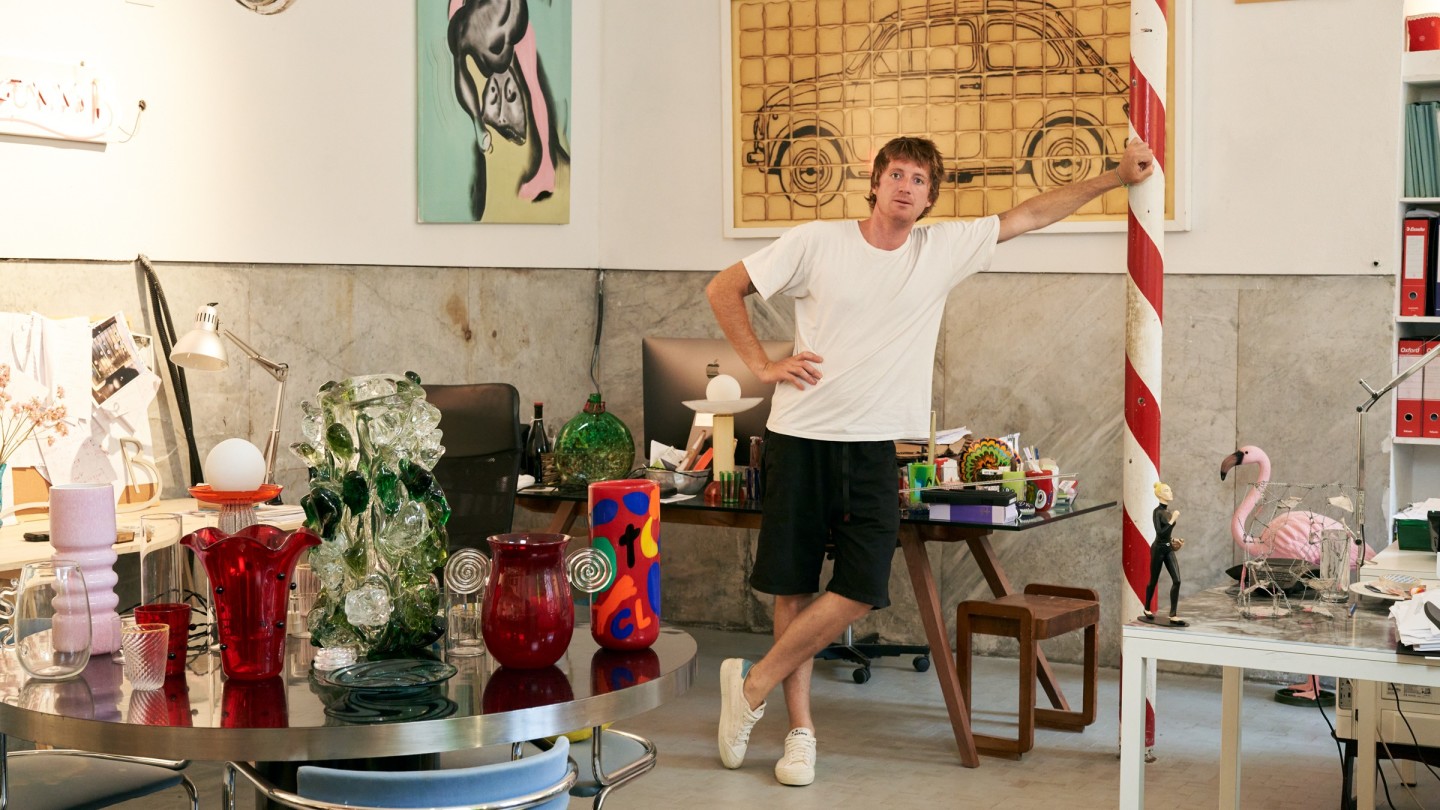
Roula Khalaf, Editor of the FT, selects her favourite stories in this weekly newsletter.
In the leafy courtyard of his Venetian home, Marcantonio Brandolini d’Adda is showing me one of his glass sculptures. “It was made specifically for the space,” says the 31-year-old of the large hanging form that is surrounded by a canopy of jasmine. As the dappled light catches the textured green glass, it illuminates the technique Brandolini d’Adda first started experimenting with in 2016: covering blown glass with cotissi – the leftover fragments from previous firings. Earlier this year, London gallery Paterson Zevi showcased a series of these large cotissi vessels. “To get the technique to work we had to design a new tool – a big iron table that heats the chunks of glass so that they attach,” explains Brandolini d’Adda.
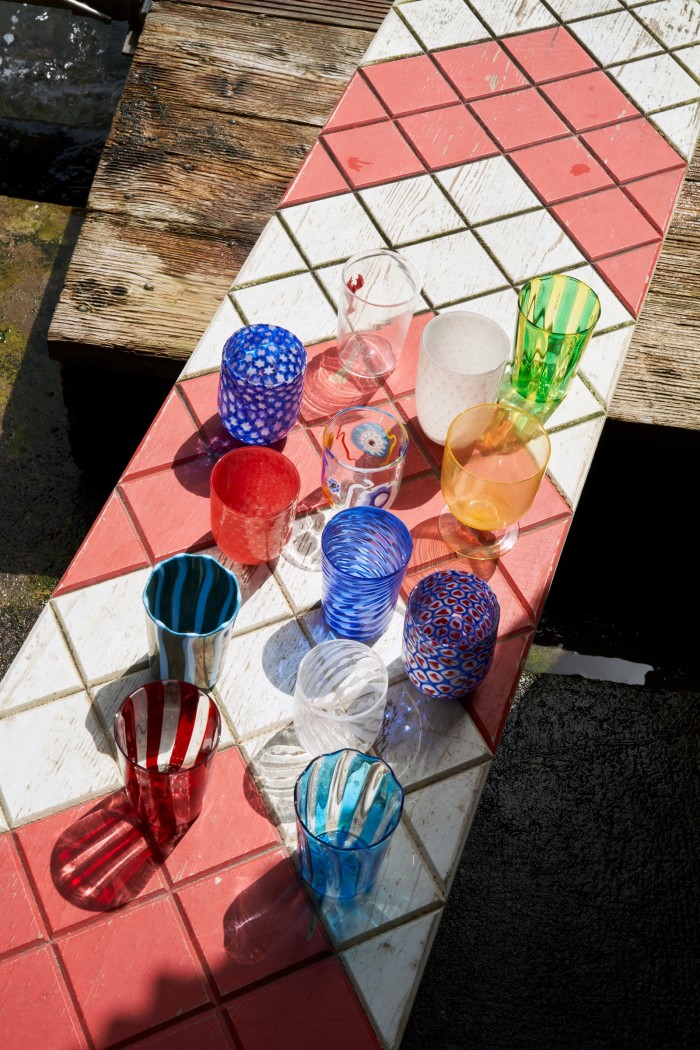
It’s this fusion of tradition and innovation that makes Brandolini d’Adda something of a poster boy for an art form that is high on the cultural agenda. This year is the United Nations’ International Year of Glass, with a programme of events and projects to celebrate its “essential role” in society. It coincides with a reappreciation of glass as fine art. There are exhibitions by the material’s leading lights – including Larry Bell’s explorations of light and space at Dia Beacon, New York (and an edition with Avant Arte), and Dale Chihuly’s vibrant installations at Schantz Galleries in Stockbridge, Massachusetts. There are big-name collaborations such as James Turrell’s limited edition with Lalique (launching in October), while events like the British Glass Biennale (26 August-1 October) and The Venice Glass Week (17-25 September) will have an added #iyog2022 sparkle.
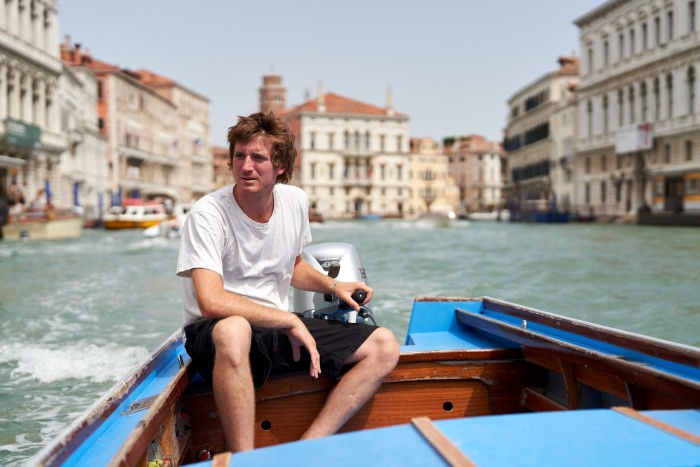
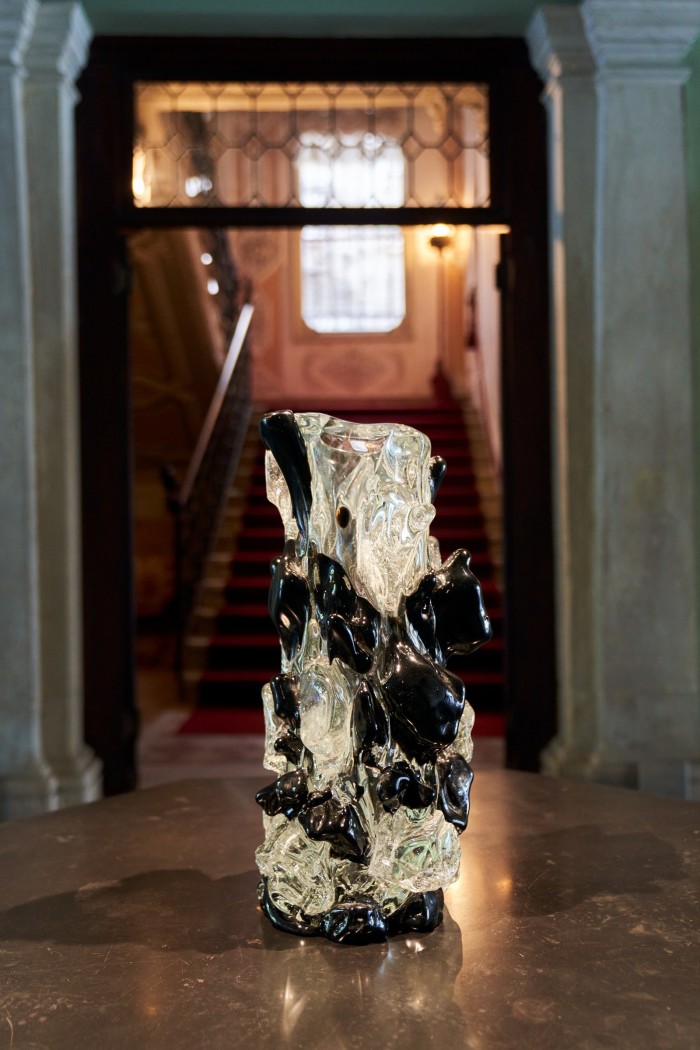
Brandolini d’Adda’s pieces are made in Murano – where the city’s glassblowing production has been centred since the late 13th century. As well as making his own art, he is creative director of Laguna~B – the Murano-made homewares brand founded by his mother, Marie, who died in 2013. “Murano is looking to find a new identity,” he says. “What’s changing is how you value [glass], how you position it, how you tell the story of the craftsmanship.”
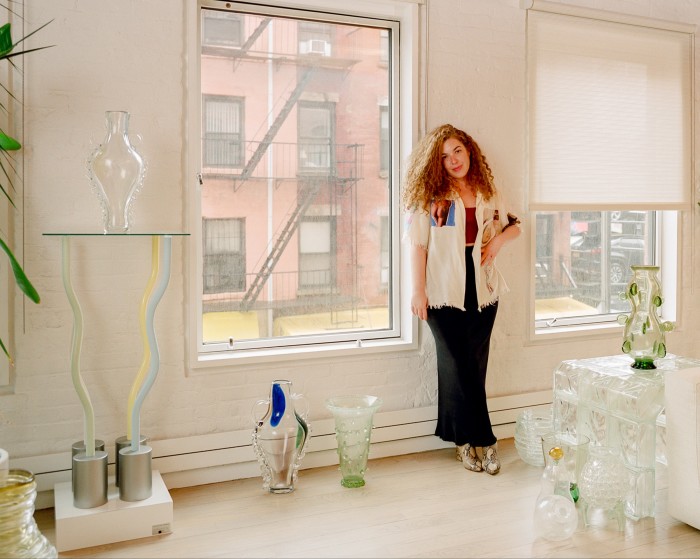
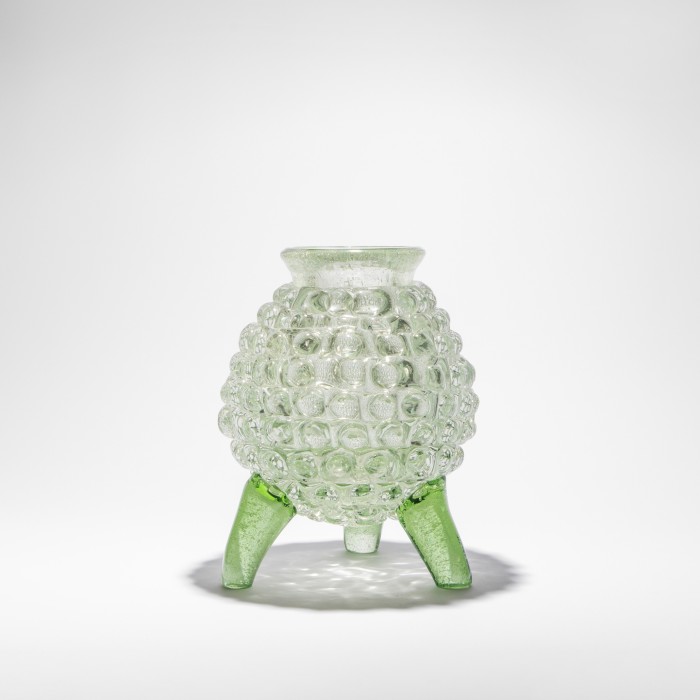
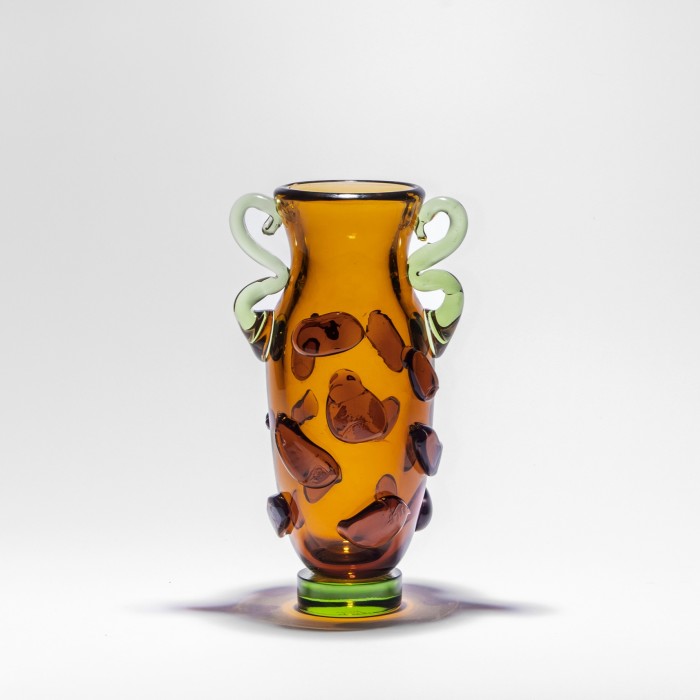
Dana Arbib, a Tel Aviv-born, New York-based fashion designer, began working with Venetian glassblowers in 2020. Her creations inhabit the space between design, craft and fine art; supersized vessels play with surface flourishes – from globules to handle-like curlicues. “They’re inspired by Italian glassmakers like Venini and Barovier & Toso,” she says. “The aesthetic I want to hit is something that feels old-world but modern.” It wasn’t an easy balance to achieve, working with a furnace that Arbib describes as “very old-school; full of gruff Italian men, sweating and chain smoking… But I wanted to work with the masters. It took about a year and a half of me nudging gently, sometimes pushing a little harder, to get them to do what I wanted to do.”
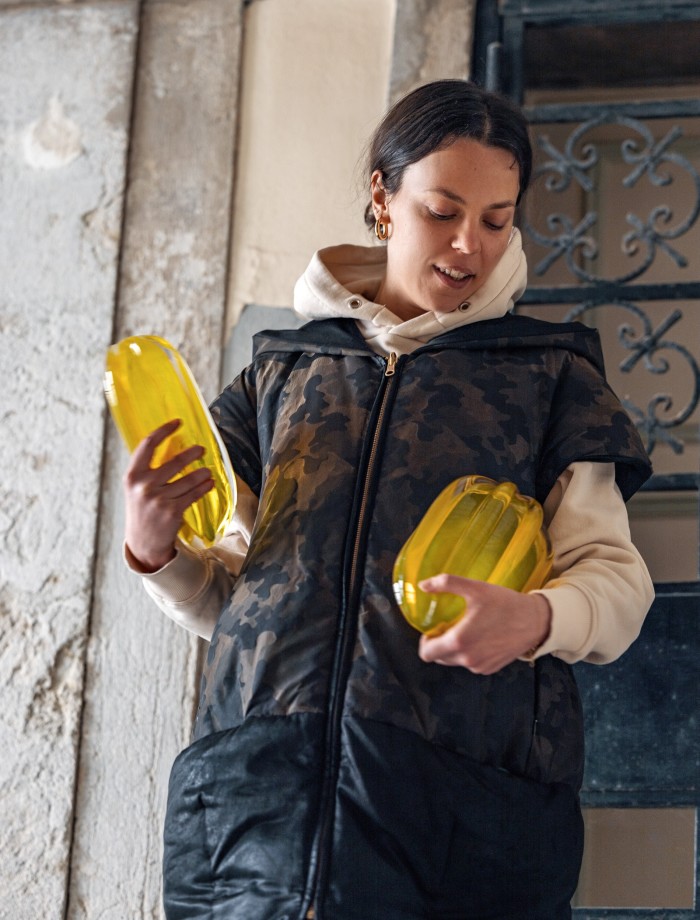
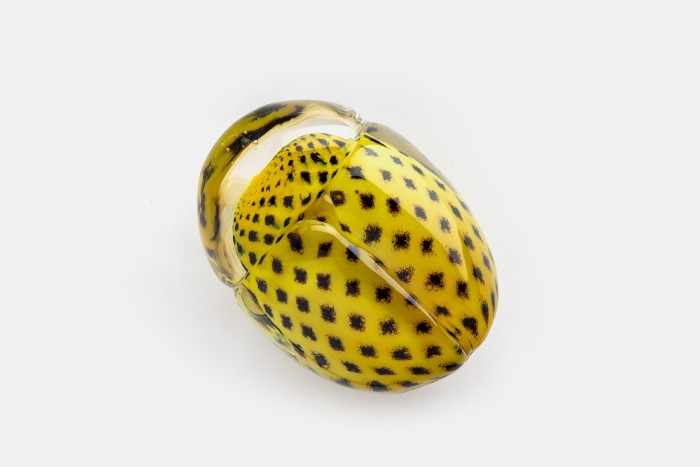
“It’s not an easy world to break into – especially for a woman,” agrees 34-year-old Alice Diaz de Santillana. She started working in Murano four years ago and currently has an exhibition in Venice’s Palazzo Barbaro. “I also bring a last name that has some weight, so that has created a bit of weirdness.” Diaz de Santillana is a descendant of the Venini glassware dynasty: her great-grandfather founded the brand that was later passed on to her grandfather, Ludovico Diaz de Santillana, while her father and her aunt – Alessandro Diaz de Santillana and Laura de Santillana – both worked as glass artists.
“My dream is to do an exhibition of the four generations,” continues Diaz de Santillana, a former fashion designer whose first glass experiments were based around the idea of a clutch bag. “I’ve played around with colour and pattern, but recently my work has become more raw.” Some of her newer tabletop pieces are dotted with coloured glass powders, others have a “bubble situation” or are hand-carved. A series of larger floor-standing pieces, inspired by Roman archaeological columns, doubles as stools and side tables. “I can’t tell you how much the glassblowers hated me when I did those,” she says, grimacing. “They weigh about 20kg each and are free-hand blown… It’s really hard work.”
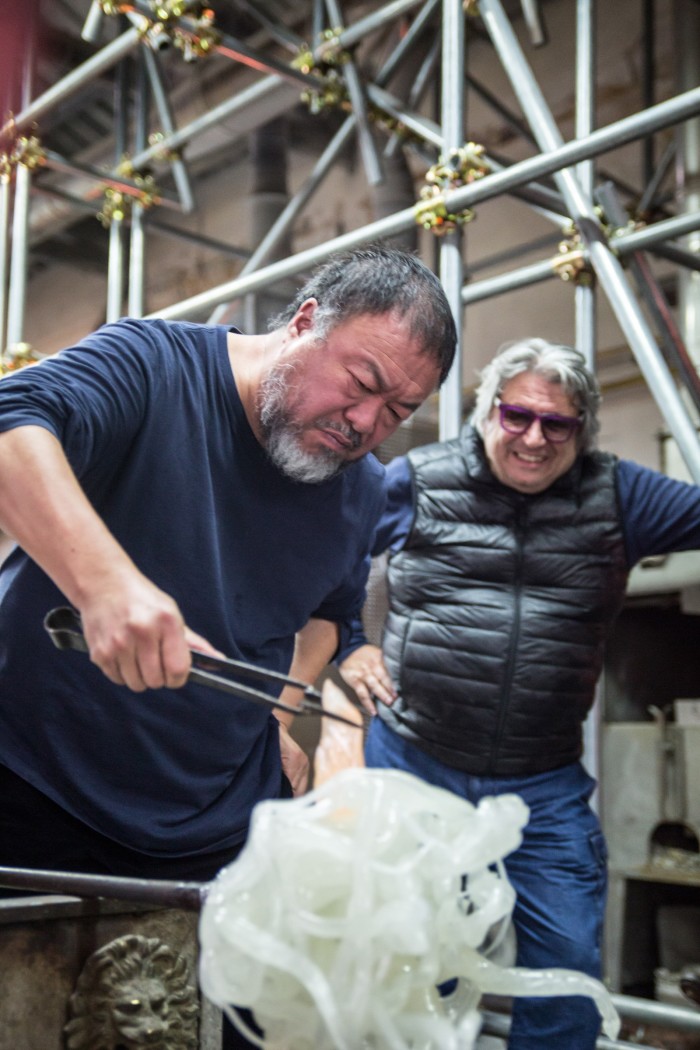
The person most often credited with bringing contemporary artists to Murano is Adriano Berengo, who opened a furnace and workshop there in 1989. Glasstress, his exhibition at the Fondazione Berengo Art Space on Murano, includes works by Rose Wylie, Laure Prouvost, Sean Scully and Judy Chicago. Meanwhile, Ai Weiwei’s monumental glass work The Human Comedy – the largest hanging sculpture ever made in Murano glass, constructed of more than 2,000 bone-like components – will be shown on the island of San Giorgio Maggiore from 27 August. “Our drive and desire is to show people that great and unexpected things can be done with this material,” adds Berengo.
Right now, the Venice Biennale is upping the ante on the “glass as art” debate. At the Biennale’s Central Pavilion, curator Cecilia Alemani has included the candy-coloured cast-glass sculptures of Romania-born, New York-based Andra Ursuța in her Milk of Dreams exhibition (ahead of Ursuța’s solo show at David Zwirner in London next month). And in Chiesa di Santa Maria della Visitazione, a lavishly painted Renaissance church, Czech artist Rony Plesl has created the site-specific installation Trees Grow from the Sky, in which glass sculptures are cast from tree trunks, standing at more than 2m high and refracting light through textured and opaque surfaces.
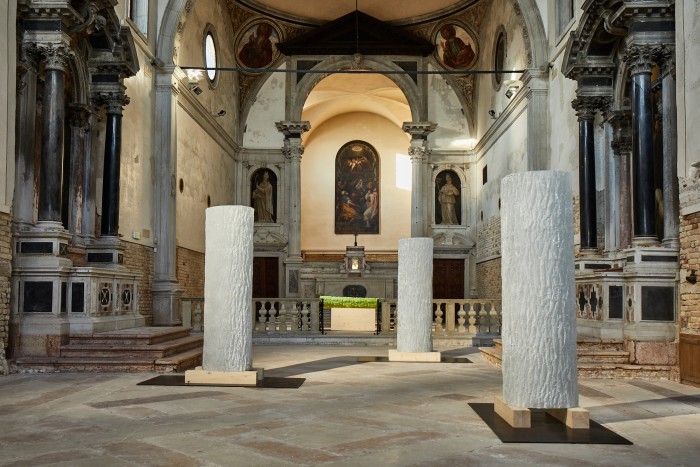
Plesl’s pieces were created in the glassmaking town of Bělá pod Bezdězem in the Czech Republic, using the new glass-casting technology of Vitrum Vivum – a process developed by Czech glass master Jiří Šín. “It’s like a revolution in glass; it allows you to cast it as you would bronze,” explains Plesl, who has worked in glass for more than four decades but recently adopted a more conceptual, fine-art approach. “We are buying a property in the Czech countryside that will house a 5m-long furnace and we have big plans to invite international artists to collaborate.”
At Lalique’s 100-year-old factory in Alsace, a collaboration with Damien Hirst led to the artist commissioning a crystal version of his intricate The Severed Head of Medusa sculpture. And the factory itself is moving with the times: the new furnace installed 12 years ago is powered by electricity instead of gas.
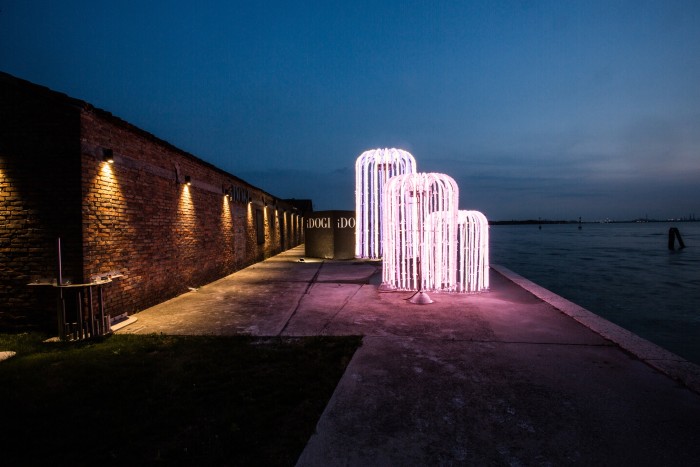
Earlier this year, soaring gas prices caused Murano furnaces to shut down production. But in some cases this is proving a catalyst for change towards more sustainable production methods. “Small ateliers, really small production, small electric furnaces – this is the future of Murano,” says Brandolini d’Adda. And at iDogi, significant change is afoot: “We are working to create one of Venice’s first hybrid hydrogen-gas-powered furnaces,” says president Domenico Caminiti. The Murano maker is behind some of the world’s most extravagant chandeliers, as well as the modern outdoor Tree of Light installation that can be seen by those travelling from the airport by boat. During Venice Glass Week it will be fully illuminated – a beacon of the new Murano.
Comments